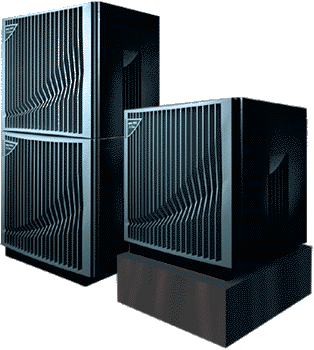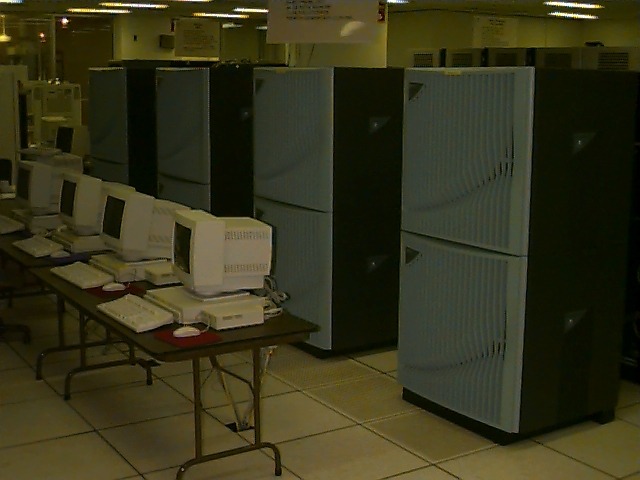

Approach: JPL has added a new state-of-the-art supercomputer to the supercomputing resources available for Lab earth and space science projects. JPL and Caltech share this new Hewlett-Packard Exemplar SPP2000 which is in the Booth Building on the Caltech campus. The HP Exemplar joins the two Cray supercomputers now in use by the JPL Supercomputing Project. This system was procured under a collaborative agreement between Caltech/JPL and HP/Convex. NASA sponsors for this system are the Office of Space Sciences and the Earth and Space Sciences Project under NASA's HPCC Program. The National Science Foundation also provided substantial funding for the system through Caltech's participation in the National Partnership for Advanced Computational Infrastructure (NPACI)
Accomplishments: The installed hardware consists of 16 Hypernodes, where each has:

The basic element of the SPP2000 system is the 64-bit HP PA-8000 processor. The Exemplar's 256 processors are arranged in four 64-processor complexes or clusters. Six-teen processors are grouped into one hypernode and share a single pool of four GBs of memory.
The Exemplar runs on SPP-UX, the UNIX based operating system developed by Convex Corporation. SPP-UX has all the features normally associated with UNIX plus features providing additional utility, such as batch processing and accounting. Current software includes FORTRAN 77, FOR-TRAN 90, HPF, C and C++ compilers as well as math and communication libraries, debugging tools, and performance analysis and monitoring tools.
Significance: Caltech/JPL will provide feedback to HP/Convex from its experiences using the SPP2000 to enhance its hardware/software, thus contributing to maintaining US leadership in supercomputing. The applications running on the SPP2000 will help address the grand challenges of Earth and Space Sciences in the analysis of the enormous sets of data from NASA's earth and planetary missions.
Status/Plans: The system currently supports only message passing among the four 64-processor complexes, though it does allow a shared memory programming model within each complex. The next step to be taken is the extension of the shared memory programming model to encompass all 256 processors.
Point of Contact:
Larry Eversole
Jet Propulsion Laboratory
eversole@voyager.jpl.nasa.gov
(818) 354-2786